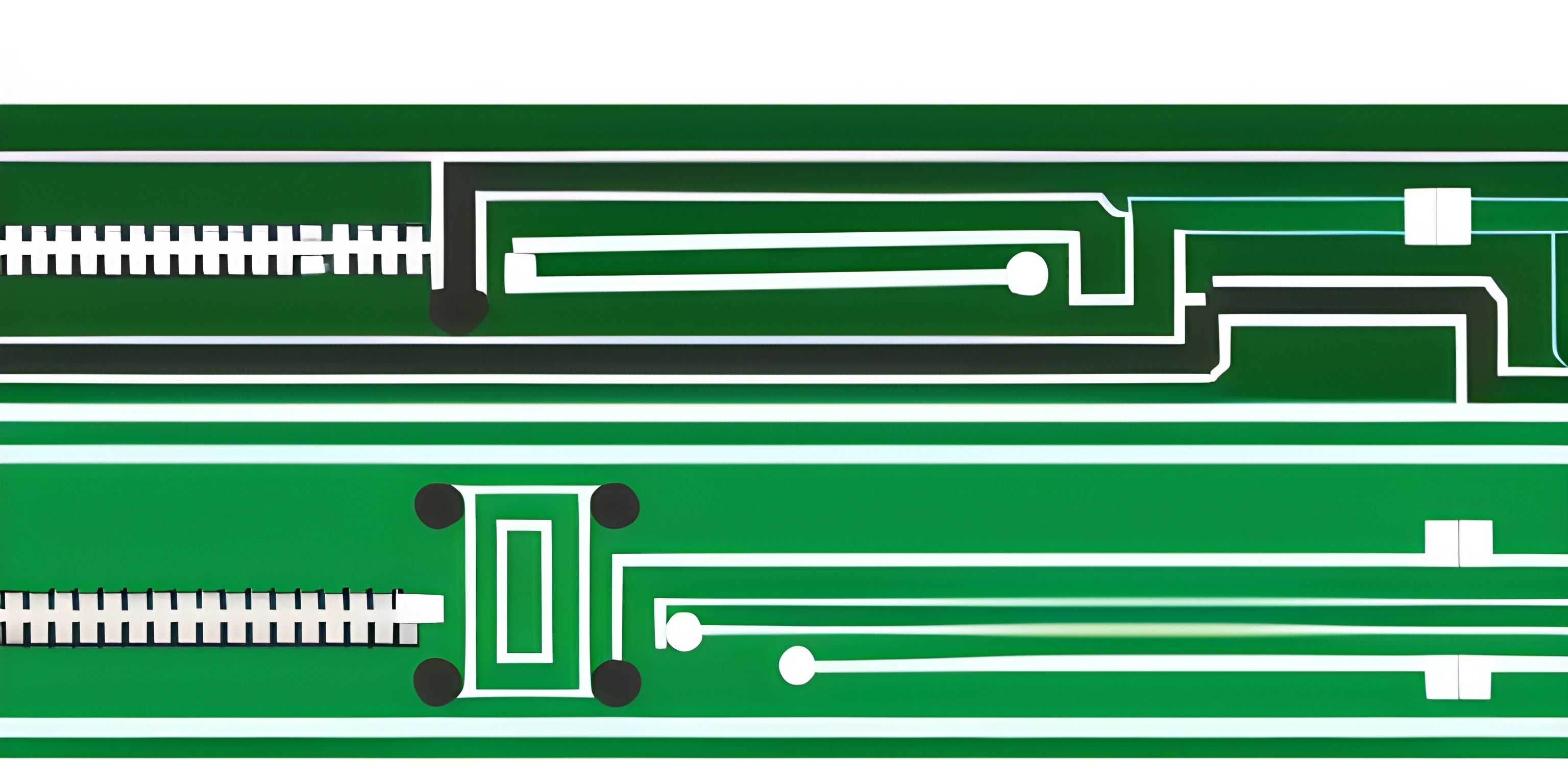Exploring the Structure and Function of Memory Cells

Note: this page has been created with the use of AI. Please take caution, and note that the content of this page does not necessarily reflect the opinion of Cratecode.
In the grand tapestry of computing, memory cells hold a pivotal position. These intricate components, like the neurons of a digital brain, store and relay information, providing the necessary scaffolding for any computing operation. Without them, our digital world would remain an abstraction, an idea floating in the ether without any means to manifest.
Memory Cells Unveiled
At the most basic level, a memory cell is a tiny element of the computer's memory. Each cell has a unique address, and it's this address that computers and programmers use to access the data stored within it. Think of it as a digital post office box, each with its individual key.
In the Assembly language, accessing a memory cell is as simple as referencing its address. For example:
MOV EAX, [EBX] ; Copies the content of the memory cell at address EBX into EAX
Notice the square brackets around EBX. This is the Assembly language's way of saying "go to the memory cell at the address stored in EBX and fetch the data inside".
The Role of Memory Cells
Memory cells are the building blocks of a computer's memory. They store the binary data (1s and 0s) that computers use to operate. This data could be anything from an individual pixel of an image to a single character in a text document.
Memory cells are also crucial for executing programs. When a program is run, it's loaded into memory, with each line of code and every piece of data residing in its own memory cell. The CPU then reads these cells one by one, executing each instruction in turn. It's like a conductor following a musical score, with each note (memory cell) contributing to the symphony (program) as a whole.
Memory Cells in Action
Let’s consider an example in Assembly language that demonstrates the use of memory cells:
MOV EAX, 10 ; Move the number 10 into the EAX register
MOV [EBX], EAX ; Store the contents of EAX into the memory cell at address EBXIn this snippet, we first move the number 10 into the EAX register. We then store this value into the memory cell at the address stored in EBX. It's like storing a piece of data in a specific drawer of a filing cabinet for later use.
Hey there! Want to learn more? Cratecode is an online learning platform that lets you forge your own path. Click here to check out a lesson: Rust - A Language You'll Love (psst, it's free!).
FAQ
What are memory cells?
Memory cells are the fundamental components of a computer's memory. Each cell has a unique address and stores binary data, which can be anything from an individual pixel of an image to a single character in a text document. Memory cells are crucial for running programs, as they hold the lines of code and data that the CPU reads and executes.
How do you access a memory cell in Assembly language?
In Assembly language, you can access a memory cell by referencing its address. For example, MOV EAX, [EBX] copies the content of the memory cell at the address stored in EBX into the EAX register. The square brackets around EBX indicate that the memory cell's address is being accessed.
Why are memory cells important in executing programs?
Memory cells are vital for executing programs because when a program is run, it's loaded into memory with each line of code and piece of data residing in its own memory cell. The CPU reads these cells one by one, executing each instruction in turn. Therefore, without memory cells, programs could not be run on a computer.
Can you give an example of how memory cells are used in Assembly language?
Sure, consider this Assembly language snippet: MOV EAX, 10 ; MOV [EBX], EAX. Here, we first move the number 10 into the EAX register. We then store this value into the memory cell at the address stored in EBX. So, in essence, we're storing a piece of data in a specific memory cell for later use.
What's the analogy of memory cells?
Memory cells can be thought of as a digital post office box, each with its individual key. Or like individual drawers in a filing cabinet where specific pieces of data are stored for later use.





